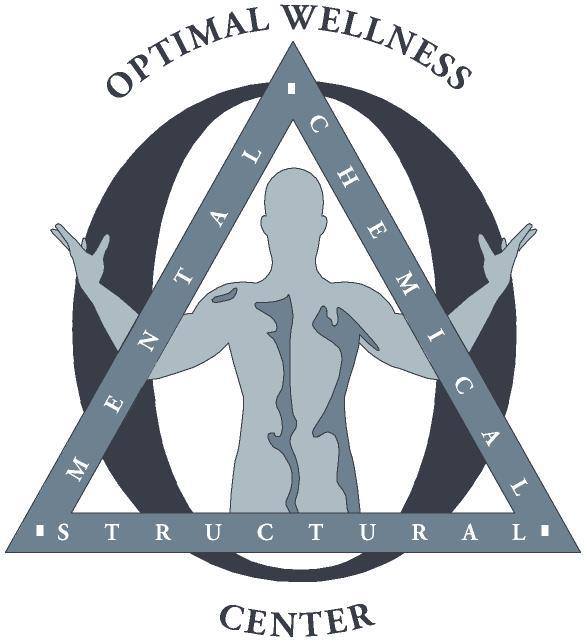Leg and Foot Pain: Causes, Symptoms, and Treatments
Leg and foot pain is a common issue that varies in severity and underlying cause. It may stem from injuries, nerve issues, or medical conditions. This blog will help you understand the possible causes, symptoms, and treatment options for managing pain in the bottom of the leg and foot.
Causes of Leg and Foot Pain
1. Spinal Issues
Problems in the spine can compress nerves, causing pain to radiate into the legs and feet. These conditions include:
Herniated Discs: Bulging discs press on spinal nerves, leading to leg and foot pain.
Spinal Stenosis: Narrowing of the spinal canal can cause pain, weakness, or tingling in the legs.
Sciatica: Compression of the sciatic nerve can lead to radiating pain down the leg and into the foot.
2. Circulatory Problems
Blood flow issues can result in pain in the bottom of the leg and foot.
Peripheral Artery Disease (PAD): Blocked arteries restrict blood flow, leading to cramping and pain.
Deep Vein Thrombosis (DVT): A blood clot in the leg veins causes swelling, pain, and tenderness.
3. Nerve Damage
Nerve damage from conditions like diabetes or trauma can lead to leg and foot pain:
Tarsal Tunnel Syndrome: Compression of the tibial nerve causes burning or tingling in the foot.
Peripheral Neuropathy: Often linked to diabetes, this condition damages nerves and causes numbness or pain.
Foot Drop: Weakness in the foot muscles due to nerve damage can result in difficulty walking.
4. Joint and Muscle Conditions
Conditions affecting the hips, knees, or ankles may radiate pain to the legs and feet:
Arthritis: Inflammation in the joints can lead to stiffness and pain.
Piriformis Syndrome: Tightness in the piriformis muscle may compress the sciatic nerve.
5. Injury or Overuse
Tendonitis: Inflammation of the tendons, especially in the ankle or shin, can cause pain.
Plantar Fasciitis: Pain in the bottom of the foot due to inflammation of the plantar fascia.
Symptoms to Watch For
Sharp or Dull Pain: Can occur in the leg, foot, or both.
Numbness or Tingling: Often indicates nerve involvement.
Swelling or Redness: May point to circulatory issues or inflammation.
Weakness: Difficulty in walking or lifting the foot may suggest nerve damage.
Diagnosing Leg and Foot Pain
A thorough evaluation is necessary to determine the root cause of leg and foot pain. This may include:
Imaging Tests: X-rays, MRIs, or CT scans to assess structural issues.
Nerve Tests: Electromyography (EMG) to evaluate nerve function.
Blood Tests: To rule out underlying conditions like diabetes or infections.
Treatment Options
1. Conservative Treatments
Rest and Elevation: Relieve pain and reduce swelling.
Physical Therapy: Strengthening exercises to support muscles and improve mobility.
Chiropractic Care: Realign the spine and joints to alleviate nerve compression and improve overall mobility.
Shockwave Therapy: Use of acoustic waves to promote healing and reduce chronic pain.
Spinal Decompression: Non-surgical therapy to alleviate pressure on spinal discs and nerves.
Massage Therapy: Reduce muscle tension, improve circulation, and promote relaxation to ease pain.
Pain Relievers: Over-the-counter medications like ibuprofen can reduce pain and inflammation.
Orthotics: Custom shoe inserts to support foot structure and alleviate pain.
2. Medical Interventions
Injections: Corticosteroids for inflammation or nerve blocks for pain relief.
Medications: Treatments for nerve-related pain include anti-seizure drugs or antidepressants.
Surgery: For severe cases like herniated discs, fractures, or advanced PAD.
3. Lifestyle Adjustments
Exercise: Low-impact activities like swimming or walking can improve circulation and reduce stiffness.
Healthy Diet: Helps manage conditions like diabetes or PAD.
Proper Footwear: Supportive shoes can prevent overuse injuries.
When to See a Doctor
Seek medical attention if you experience:
Severe or worsening pain.
Persistent numbness or tingling.
Swelling, redness, or warmth in the leg.
Weakness or difficulty walking.
Final Thoughts
Leg and foot pain can range from minor discomfort to a sign of serious medical conditions. Early diagnosis and appropriate treatment can help you find relief and prevent complications. If you're struggling with persistent pain in the bottom of your leg and foot, consult a healthcare provider to explore your options and regain your mobility.
